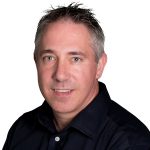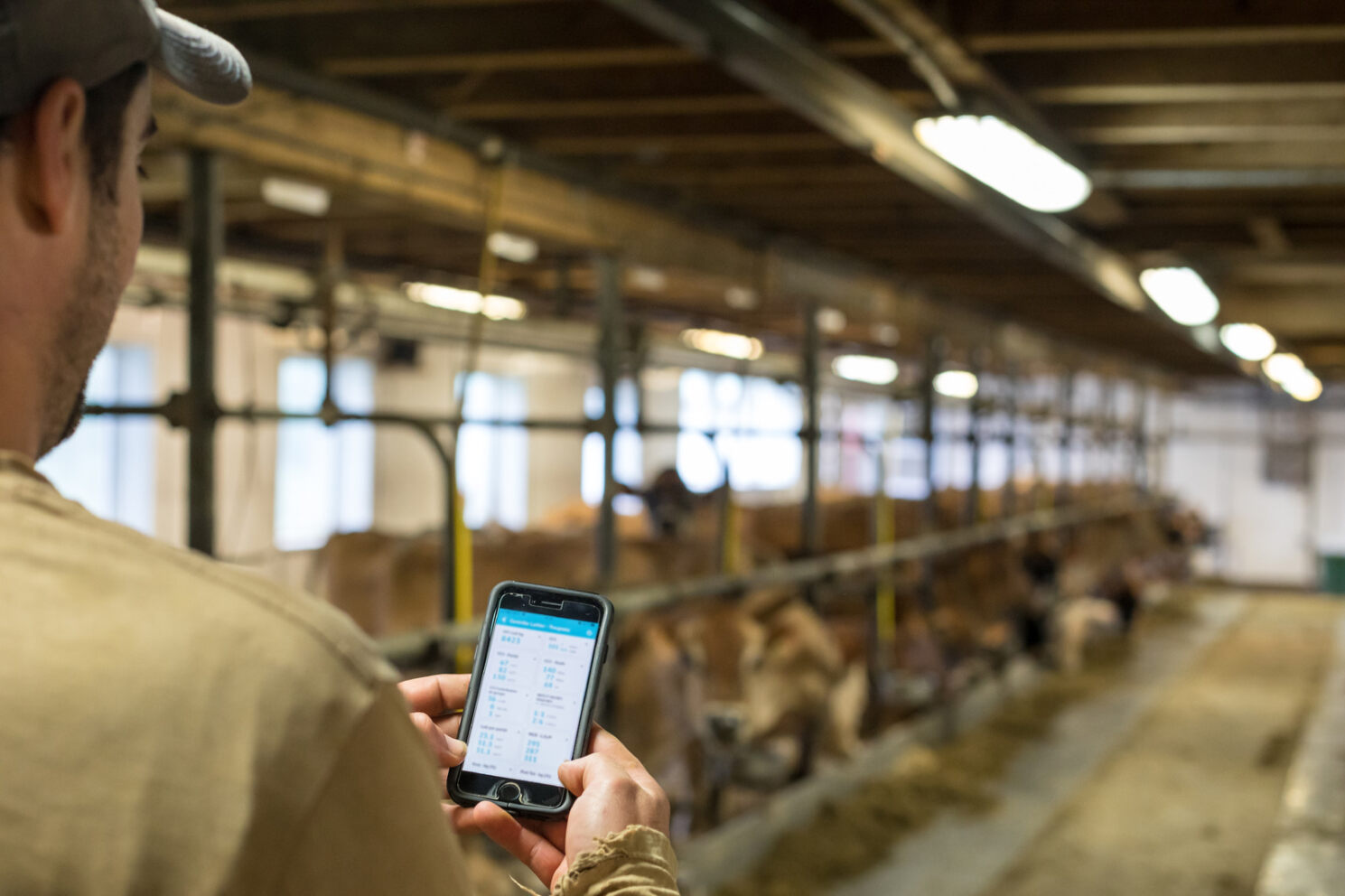Lameness is always a hot topic!
- November 10, 2020
Lameness is always a popular topic of interest, both for researchers and dairy farmers. Here are some recent findings that you will definitely find interesting.

Did you know …?
… what the prevalence of foot injuries was in Quebec1between 2015 and 2018?
In a study of 355 Quebec herds, 29% of cows had at least one foot injury. Of these cows, 27% were milked on pipeline, 38% by robot and 41% in a milking parlour. Infectious lesions were mostly present on farms with milking parlours and robots (digital dermatitis) whereas sole hemorrhage mostly affected cows on pipeline milking. Our colleagues Anne-Marie Christen and René Lacroix participated in this study.
… that there is a connection between the behavioural signs of lameness and the lesions in tie stall barns2?
The University of Prince Edward Island, conducted a study of seven farms that allowed them to establish connections between foot lesions on the hind legs and the behavioural signs when evaluating cows in tie stall barns. Sole ulcers are reported more often when cows do not rest their feet equally on the ground and when they do not move well from left to right in their stall. When cows have restless feet, there is a greater probability that they have sole hemorrhage. When they simply have a hard time putting their foot on the ground, there is a good chance that they are suffering from digital dermatitis.
… that flies do not spread digital dermatitis3?
DNA analysis of barn and houseflies did not detect the presence of the Treponema phagedenis bacteria that causes digital dermatitis. This means that other modes of transmission are responsible for the spread of this problem.
… what the impacts of lameness are on cows at pasture4?
Lame or severely lame cows show production losses of 1.4% and 4.7 % respectively at pasture. The somatic cells (SCC) and calving interval are higher for cows that show signs of lameness and they are more at risk of being culled during the grazing season.
… that there are significant consequences for lame cows being milked by a robot5?
As compared to healthy cows, lame cows being milked by a robot produce 1.6 kg less milk per day and have 0.3 less milkings daily. They have 2.2 times more chances of having to be fetched to the robot.
… that the following factors are those that affect lameness the most in robot milking6?
- Narrow stalls (3.9X)
- Body condition score ≤ 2.25 (2.1 X)
- Narrow feed alley (1.9 X)
- Obstruction to getting up in the stall (1.7 X)
- Presence of hock injuries (1.6 X)
… that there is a new technique that performs automatic lameness detection7?
A camera films the cows’ footsteps, and an algorithm calculates the amount of time that the feet spend resting on the ground without moving during the approach. The longer the feet remain on the ground, the higher the chance that the cow is lame. This technique was able to detect 93% of lame cows. The advantage of this technique is that it does not take into account the individual morphology of cows, which reduces the risk of error.
References
1 Arango-Sabogal J.C., Desrochers A., Lacroix R., Christen A. M. and Dufour M. 2020. Prevalence of foot lesions in Quebec dairy herds from 2015 to 2018. J. Dairy Sci. 103 https://doi.org/10.3168/jds.2020-18191
2 Jewell M.T., Cameron M., McKenna S.L., Cockram M.S, Sanchez J., and Keefe G.P. 2021. Relationships between type of hoof lesion and behavioral signs of lameness in Holstein cows housed in Canadian tie stall facilities. J. Dairy Sci. 104 https://doi.org/10.3168/jds.2019-17296
3 Thibodeaux R.J., Brady J. A., Maryak C. C. K., Swiger S. L., and Jones B.W. 2021. Short communication: Screening stable flies and houseflies as potential vectors of digital dermatitis in dairy cattle. J. Dairy Sci. 104 https://doi.org/10.3168/jds.2020-18550
4 O’Connor A. H., Bokkers E. A. M., de Boer J. M., , Hogeveen H., Sayers R., Byrne N., Ruelle E., and Shalloo L. 2020. Associating mobility scores with production and reproductive performance in pasture-based dairy cows. J. Dairy Sci. 103:9238–9249 https://doi.org/10.3168/jds.2019-17103
5 King M. T. M., LeBlanc S. J, Pajor E. A. and DeVries T. J. 2017. Cow-level associations of lameness, behavior, and milk yield of cows milked in automated systems. J. Dairy Sci. 100:4818–4828 https://doi.org/10.3168/jds.2016-12281
6 Westin R., Vaughan A., de Passillé A. M., DeVries T. J., Pajor E. A., Pellerin D., Seigford J. M., Witaifi A., Vasseur E., and Rushen J. 2016. Cow- and farm-level risk factors for lameness on dairy farms with automated milking systems. J. Dairy Sci. 99:3732–3743 http://dx.doi.org/10.3168/jds.2015-10414
7 Kang X., Zhang X. D., and Liu G. 2020. Accurate detection of lameness in dairy cattle with computer vision: A new and individualized detection strategy based on the analysis of the supporting phase. J. Dairy Sci. 103 https://doi.org/10.3168/jds.2020-1828











